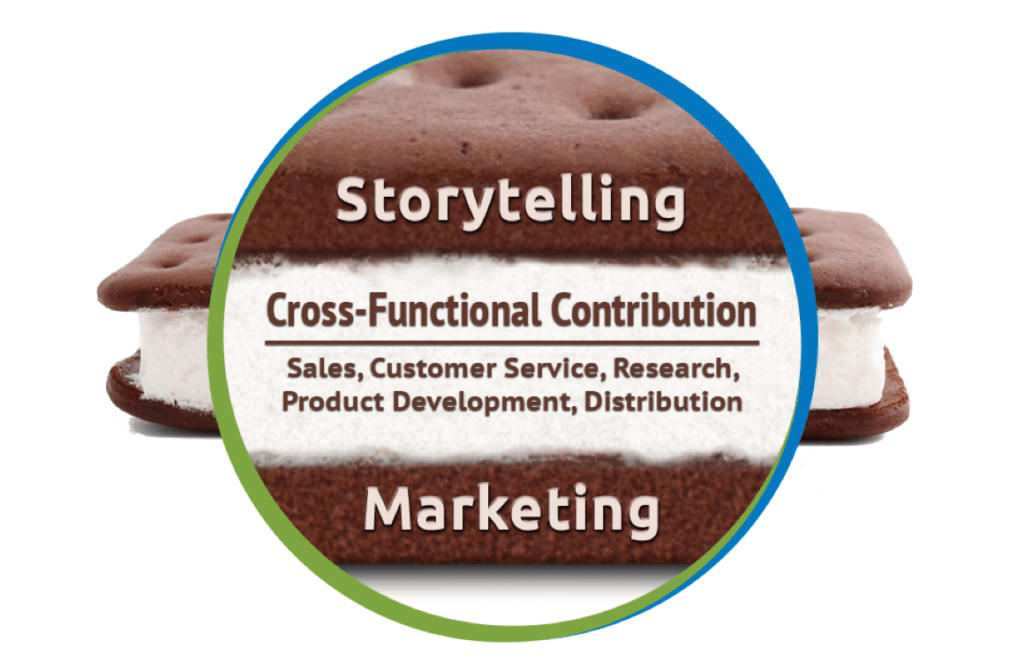I’m soloing on this episode to devote time to a strategic topic. In fact, this topic is the reason I named this podcast show Social Business Engine. I’m going to present my case for why we (in business) need to stop talking about social media and instead focus on social business.
Evolution of Engagement
When the telephone was first introduced about 100 years ago as a means of engagement, it was revolutionary. Many executives were resistant to put a phone on employees’ desks due to the lack of control they would have over what their employees said. Fast forward to about 30 years ago, email was the next revolutionary communication tool. It also had a slow adoption rate among executives for the same fear.
It’s no surprise that social media has been greeted by the same reactions from executives. Just like the telephone and email, social media is used both personally and in business. This evolution of engagement is a maturation process, or journey which businesses and employees go through together.
What is a Social Business?
An organization matures into a social business when they change how they view the role of social media in their business. Instead of looking for likes, retweets or follows, they’re focused on business outcomes. Here are the 5 pillars of a social business:
- The executives get it.
- All departments are involved.
- Social technology is embraced.
- Training and governance are provided.
- There’s a solid content strategy.
A social business has an organization-wide view of marketing. This is where advocacy comes into the picture. If people, both customers and employees, are happy with their experiences with your brand; they will be willing to advocate for you.
Why Become a Social Business?
So what’s in it for you? In the social culture in which we live, customers want to engage with real people and not a logo. Becoming a social business humanizes your brand. It encourages internal and external collaboration where people connect and engage with each other on topics relevant to your brand.
As a social business, you can deliver a better customer experience and potentially provide better customer service. Another outcome social businesses see is an improved sales cycle. You can also incorporate social into your recruiting strategy to attract and retain talent.
Social Businesses in Action
Jack Salzwedel, Chairman and CEO of American Family Insurance, is one of the most active CEOs on Twitter. He’s embraced social media and technology with his podcast and his engagement on Twitter. He is an excellent example of someone leading by example.
Dell employs 110,000 people and has an employee advocacy program that encourages its employees to use digital and social communication in their job. They analyze their employees’ social influence and direct business impact.
Indium Corporation taps into the expertise of its engineers to write blog content on technical topics about its industrial solder materials sold to electronics manufacturers, serving to humanize their brand and gain their customer’s trust. Their organization is embracing social and participating in the marketing strategy through content and authentic engagement.
NASA has embraced transformative digital communication across its employee base to make space exploration interesting and relevant to all of humanity. They receive contributions from employees across many of their space programs, including astronauts.
These examples all illustrate a transition from a social media marketing mindset to a social business mindset.
A social business will thrive when executives are on board, all departments are involved, investments are made in social technology, training, and governance are provided, and there’s a content strategy in place.
Marketing Transformation
The traditional marketing department is set up to fail in the modern era. There are too many demands placed on the marketing organization from the C-Suite to demonstrate ROI. Cross-functional marketing is not an option, and all departments should be involved.
My ice cream sandwich framework is a three-layer approach to organization-wide marketing.
Storytelling: There are three characteristics to effective storytelling. It must be authentic, relevant and actionable. Avery Dennison involves employees in the “Get Social” initiative to tell authentic stories from their work experiences. 3M is telling stories that are relevant to their brand message “Science. Applied to Life.” in an educational manner. And Cisco’s newsroom, The Network, publishes actionable content to help consumers learn more.

The ice cream in the sandwich is the biggest of the three components. It’s representative of employees’ storytelling potential. Year after year, regular employees – and particularly those with technical expertise – continue to be highly trusted sources of information. The Edelman Trust Barometer has shown that employees are more trusted than even the CEO by consumers over the past two years.
Marketing is now called to harness their employees’ storytelling potential. Marketing skills must be part quant and part Crayola. In other words, they need to have analytical or quantitative skills and also be creative. The roles of marketing also include networking, detective work, and journalism. All five of these combined make up the bottom layer of marketing.
Action Plan to Become a Social Business:
- Become storytellers.
- Find the “Chewbacca Moms.”
- Invest in technology.

Everything comes back to what I said earlier; marketing is not one department. Social business is a mindset focused on business goals. Following my ice cream sandwich framework will assist in creating a cross-functional marketing strategy.
“Social business is a mindset focused on business goals.” @bernieborges http://bit.ly/130_SBE #sbeshow
I share how to convince executives to think like a social business
Featured On This Episode:
- Bernie Borges on Twitter and LinkedIn
- Download Social Business Journal, Volume 8: The 5 Biggest Mistakes in Social Media Monitoring
- Write a review of this podcast in iTunes
- Social Business Engine on Twitter: @bernieborges
- YouTube channel
There are TWO WAYS you can listen to this podcast with me…
You can click the Listen Now button at the top of this page… Or, you can listen from your mobile device’s podcast player through iTunes or Stitcher.


